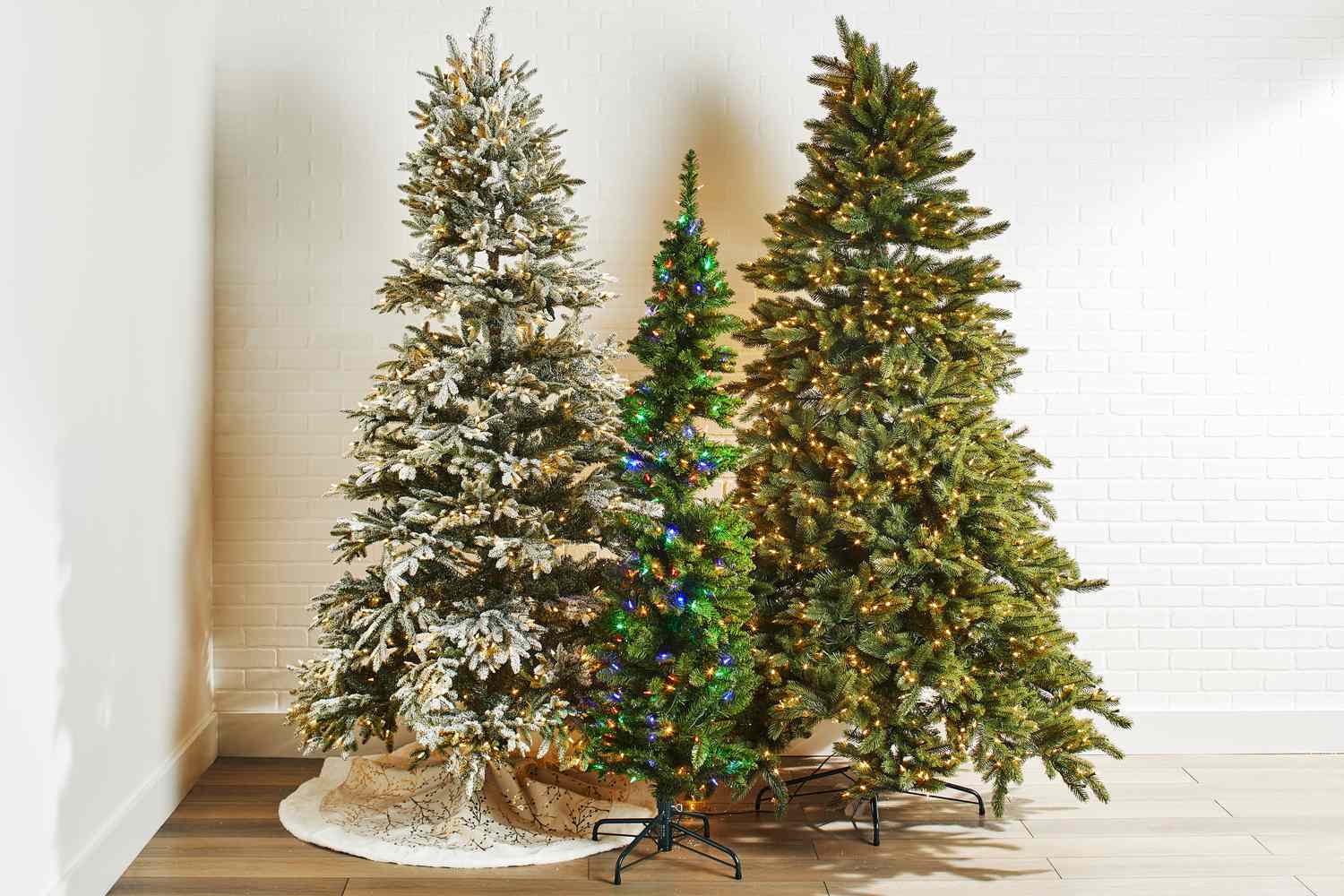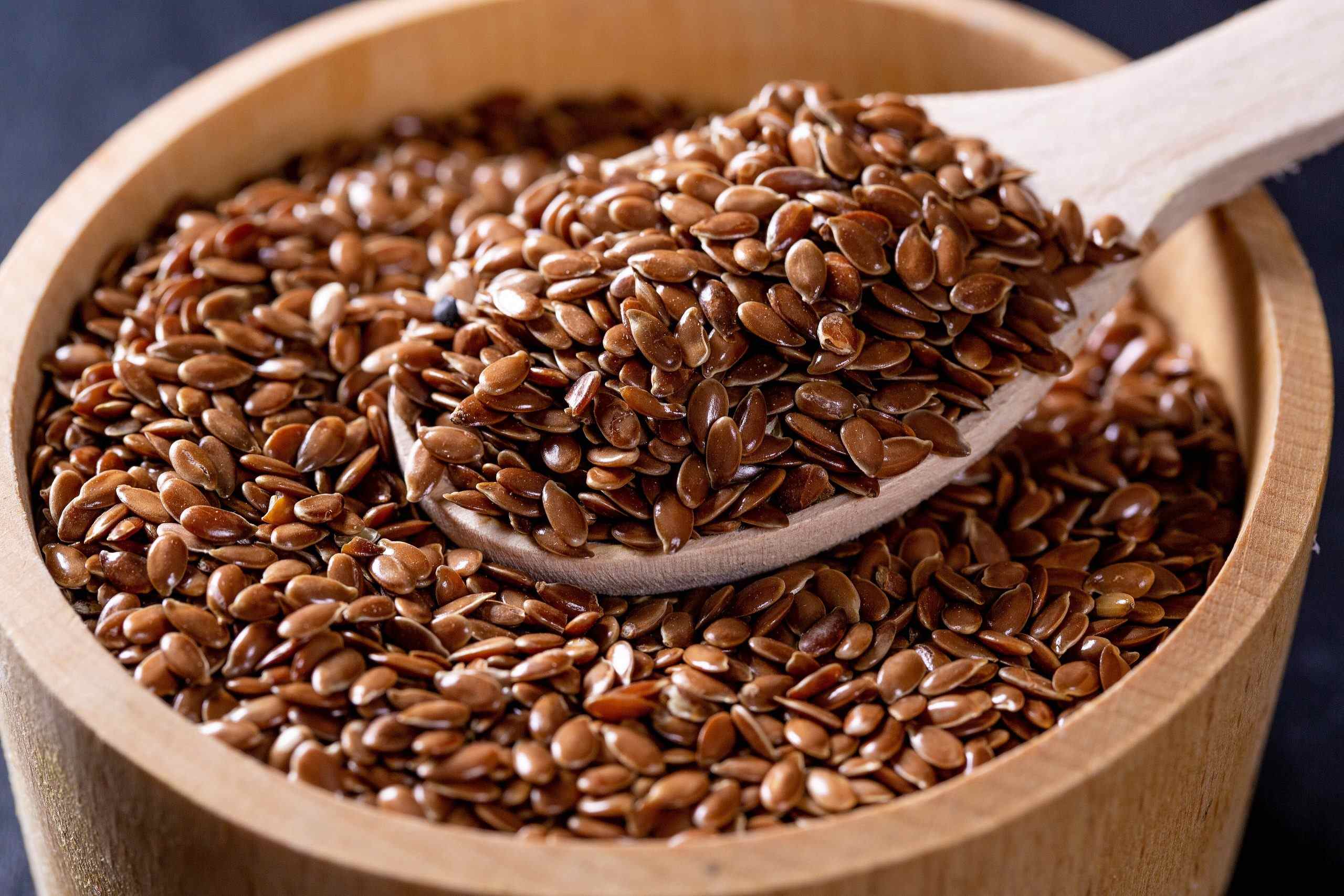Home>Gardening Techniques>Plant Care>How Long Do Artificial Christmas Trees Last


Plant Care
How Long Do Artificial Christmas Trees Last
Modified: January 22, 2024
Discover the longevity of artificial Christmas trees and get expert tips on how to care for and maintain these festive decorations. Enhance your plant care knowledge and make your Christmas tree last for years.
(Many of the links in this article redirect to a specific reviewed product. Your purchase of these products through affiliate links helps to generate commission for Chicagolandgardening.com, at no extra cost. Learn more)
Table of Contents
Introduction
Welcome to the wonderful world of artificial Christmas trees! When it comes to holiday decorations, a Christmas tree is often the centerpiece of joy and festivities. While many people opt for real trees, artificial Christmas trees have gained popularity for their convenience, reusability, and aesthetic appeal. Whether you have just purchased your first artificial tree or have been using one for years, it’s important to understand how long these trees typically last and how to maximize their lifespan.
Artificial Christmas trees are a great investment due to their durability and longevity. Unlike real trees, which can quickly dry out and shed needles, artificial trees can maintain their beauty season after season. However, the lifespan of artificial trees can vary depending on several factors, including the quality of materials used, the level of care and maintenance, and the environmental conditions they are exposed to.
In this article, we will explore the factors that can affect the lifespan of artificial Christmas trees and provide you with practical tips on proper care and maintenance. We will also discuss the signs that indicate it’s time to replace your artificial tree and touch upon the environmental impact of using artificial trees. By the end, you’ll have a comprehensive understanding of how to extend the life of your tree and make the most out of this cherished holiday decoration.
Factors Affecting the Lifespan of Artificial Christmas Trees
Several factors play a significant role in determining the lifespan of artificial Christmas trees. By understanding these factors, you can take appropriate measures to extend the life of your tree and ensure it remains in excellent condition for years to come.
1. Quality of Materials: The quality of the materials used in the construction of your artificial tree has a direct impact on its lifespan. Higher-quality trees are typically made with durable PVC or PE needles, sturdy metal frames, and secure branch attachments. Investing in a well-constructed tree will ensure it can withstand repeated assembly, disassembly, and storage without deteriorating quickly.
2. Level of Care and Maintenance: Proper care and maintenance are crucial for preserving the lifespan of an artificial Christmas tree. Regularly inspect the tree for any loose or damaged branches, and address any issues immediately. Keep the tree away from direct sunlight, as excessive heat can cause the materials to fade and weaken over time. Additionally, gently dusting the tree and storing it in a suitable container during the off-season will help maintain its pristine condition.
3. Frequency of Use: The frequency with which you set up and take down your artificial tree can impact its lifespan. While these trees are designed for repeated use, excessive assembly and disassembly can stress the materials and weaken the frame over time. If possible, consider leaving the tree assembled for the duration of the holiday season to minimize wear and tear.
4. Storage Conditions: Proper storage is essential for prolonging the life of an artificial Christmas tree. Ensure that you store the tree in a cool, dry place to prevent moisture damage. Investing in a dedicated tree storage bag or box will provide added protection and keep the tree secure during storage.
5. Environmental Factors: The environmental conditions in which the tree is displayed can affect its longevity. Exposure to excessive moisture, extreme temperature fluctuations, or high levels of humidity can cause the materials to degrade faster. Consider placing the tree in a controlled indoor environment to minimize any adverse effects from external factors.
By considering these factors and implementing proper care and maintenance, you can significantly extend the lifespan of your artificial Christmas tree. Now that we understand the key factors affecting tree longevity, let’s delve into essential care and maintenance tips to ensure your tree stays beautiful and vibrant for many holiday seasons to come.
Proper Care and Maintenance Tips
Ensuring the longevity of your artificial Christmas tree requires regular care and maintenance. By following these essential tips, you can keep your tree looking its best and enjoy its beauty for years to come.
- Inspect and Repair: Before setting up your tree each year, carefully inspect the branches and connections for any signs of damage or wear. If you notice any loose or broken branches, secure them or consider replacing them to maintain the tree’s stability and overall appearance.
- Dust Regularly: Dust can accumulate on the tree’s needles and branches over time, dulling its appearance. Use a soft brush or cloth to gently remove any debris or dust, being cautious not to apply excessive pressure that may bend or damage the branches.
- Store Properly: When the holiday season comes to an end, store your artificial tree in a suitable container that offers protection from dust and moisture. Alternatively, you can consider using a dedicated tree storage bag, which is specifically designed to accommodate the size and shape of your tree while keeping it safe from damage during storage.
- Avoid Extreme Temperatures: Artificial trees are sensitive to extreme temperatures, so it is best to keep them away from heat sources like radiators or fireplaces. Excessive heat can cause the materials to fade, become brittle, and lose their shape over time.
- Consider UV Protection: If you plan on displaying your artificial tree outdoors or near a window where it may be exposed to sunlight, consider applying a UV protectant spray to minimize the fading effects of the sun’s rays.
- Handle with Care: When assembling, disassembling, or moving your tree, handle it with care to avoid placing unnecessary stress on the branches and connections. Follow the manufacturer’s instructions to ensure a smooth setup process and minimize the risk of damaging the tree.
- Avoid Moisture: Artificial trees are not designed to withstand excessive moisture. Keep your tree away from humid areas in your home and avoid exposing it to wet conditions to prevent mold, mildew, and potential damage to the materials.
By implementing these care and maintenance tips, you can significantly extend the lifespan of your artificial Christmas tree and keep it looking fresh and vibrant year after year. Remember, a well-maintained tree not only enhances your holiday decor but also brings lasting joy and cheer to your home.
Signs It’s Time to Replace Your Artificial Christmas Tree
While artificial Christmas trees are designed to last for many years, there may come a time when it’s necessary to replace your beloved tree. Here are some signs that indicate it may be time for a new artificial Christmas tree:
- Visible Wear and Tear: If your tree is showing visible signs of wear and tear, such as faded color, sagging branches, or broken attachments, it may be time to consider replacing it. A tree that looks tired and worn can detract from the overall beauty of your holiday display.
- Unstable or Weak Structure: If the frame of your artificial tree feels weak or unstable, or if the branches no longer hold their shape, it may not be safe to continue using the tree. A sturdy and secure structure is essential for the safety of your decorations and the overall stability of the tree.
- Inability to Properly Assemble: If you find it increasingly difficult to assemble or disassemble your artificial tree due to missing or broken branches, it may be time for a replacement. Trying to force the branches into place or struggling to properly secure the attachments can lead to further damage and frustration.
- Outdated Style or Size: Over time, your personal style preferences or the size requirements of your living space may change. If you no longer feel satisfied with the style or size of your current tree, consider replacing it with one that better fits your current decor and space limitations.
- Excessive Shedding: While artificial trees do not shed needles like real trees, they may shed small pieces of artificial foliage or glitter over time. However, if you find that your tree is shedding an excessive amount of needles or foliage, it may be a sign of deterioration and a good indication that it’s time to invest in a new tree.
Keep in mind that the lifespan of an artificial Christmas tree can vary depending on its quality and usage. If you notice any of these signs, carefully assess the condition of your tree and consider the benefits of replacing it to ensure a safe and aesthetically pleasing holiday season.
Environmental Impact of Artificial Christmas Trees
While artificial Christmas trees offer numerous benefits, it’s important to consider their environmental impact. Understanding the potential consequences can help you make an informed decision when choosing between an artificial or real tree.
1. Resource Consumption: Artificial trees are made using non-renewable resources such as PVC and metal. The production of these materials requires energy and contributes to carbon emissions. Additionally, the manufacturing process consumes water and produces waste.
2. Disposal Challenges: Eventually, artificial trees will reach the end of their usable life. When disposing of an artificial tree, it may end up in a landfill where it will not decompose, contributing to long-term waste accumulation.
3. Transportation Impact: Artificial trees are often manufactured in distant locations and require transportation to reach their retail destinations. This transportation contributes to greenhouse gas emissions and air pollution.
4. Reuse Potential: One positive aspect of artificial trees is their potential for reuse. When properly cared for, these trees can be used for many years, reducing the demand for new trees each holiday season.
5. Comparison to Real Trees: While artificial trees have a longer lifespan, real Christmas trees are a renewable resource. They can be grown on tree farms, provide habitat for wildlife during their growth period, and can be recycled or composted after use. Additionally, real trees act as carbon sinks, absorbing carbon dioxide from the atmosphere during their lifetime.
When considering the environmental impact of artificial Christmas trees, it’s important to weigh the benefits of reuse against the resource consumption and disposal challenges. If you decide to purchase an artificial tree, consider extending its lifespan as much as possible and explore options for recycling it at the end of its usability. Alternatively, supporting local tree farms and ensuring proper recycling or composting of real trees can be more environmentally friendly choices.
Conclusion
Artificial Christmas trees have become a popular choice for their convenience, reusability, and aesthetic appeal. Understanding the factors that affect their lifespan and implementing proper care and maintenance can help you get the most out of your tree. By inspecting for damage, dusting regularly, storing properly, avoiding extreme temperatures, and handling with care, you can ensure that your artificial tree stays beautiful and vibrant for many holiday seasons to come.
However, it’s important to consider the environmental impact of artificial trees. While they offer the benefit of reuse, their production consumes non-renewable resources and raises disposal challenges. Comparatively, real Christmas trees are a renewable resource and provide ecological benefits like carbon absorption and habitat creation.
Ultimately, the decision between artificial and real trees depends on your personal preferences and values. If you choose an artificial tree, strive to extend its lifespan and explore recycling options when it’s no longer usable. If you opt for a real tree, support local tree farms and ensure proper recycling or composting post-holiday.
Whichever option you choose, may your Christmas tree bring joy and festive spirit to your home, creating treasured memories with family and loved ones every holiday season.









